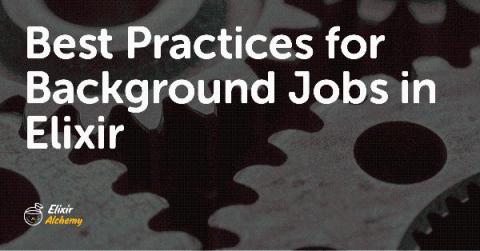The State of Elixir HTTP Clients
In today’s post, we’ll look at two Elixir HTTP client libraries: Mint and Finch. Finch is built on top of Mint. We’ll see the benefits offered by this abstraction layer. We’ll also talk about some of the existing HTTP client libraries in the ecosystem and discuss some of the things that make Mint and Finch different. Finally, we’ll put together a quick project that makes use of Finch to put all of our learning into action. Let’s jump right in!











